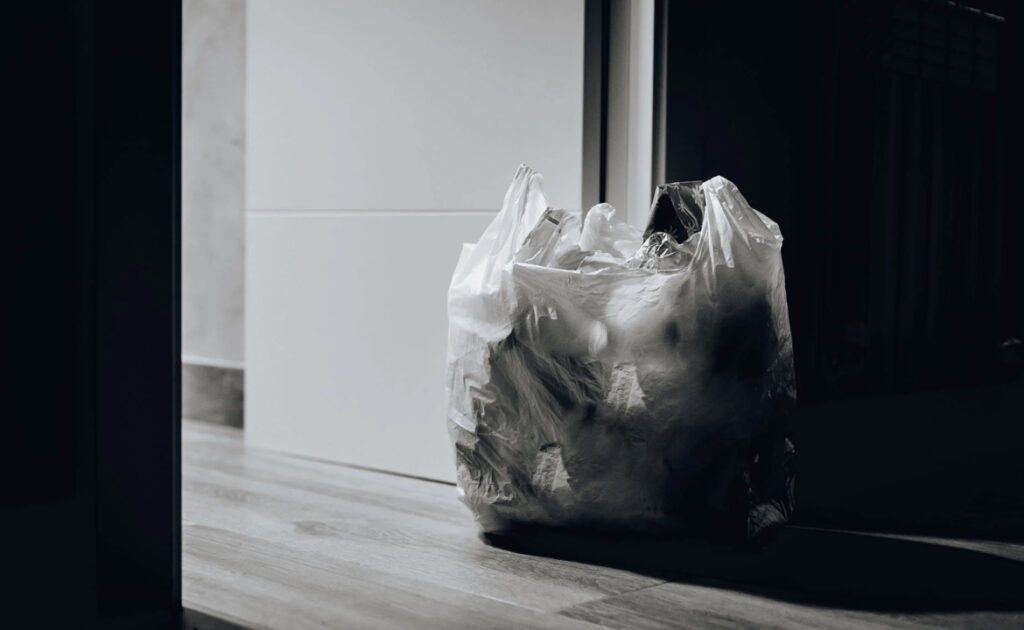On January 25, 2022, the Sacramento County Board of Supervisors convened and gave the green light to a series of residential fee hikes for trash, recycling, and organic waste pickups. Starting July 1, 2022, residents should expect these alterations in rates on an annual basis until 2025.

Consistent Services Offered by the County:
As a part of the basic service package, Sacramento County promises its households dependable services which include:
Breakdown of the New Residential Waste Collection Fees:
Come July 1, 2023, residents will notice a systematic adjustment in their waste collection bills. The County Board had earlier sanctioned this step-up in fees during their public meeting in early 2022. These fee modifications, set to be rolled out incrementally every year until 2025, are strictly guided by the expenses involved in providing curbside collection amenities.
The base service plan encompasses weekly trash and organic waste collection, recycling pickups every other week, an annual bulky waste collection, the option to drop off household hazardous waste, and weekly collection for used oil. Residents will notice that starting from July 1, 2023, the monthly fee for this fundamental service package will oscillate between $33.56 and $45.67, a figure that will hold till July 2024. This translates to an extra monthly charge of roughly $1.63-$2.21. It’s crucial for residents to realize that availing more carts or additional services might amplify their monthly dues. For a detailed breakdown, residents can delve into the Residential Rates and Fees section.
Commitment from Sacramento County’s Waste Management Department:
The Sacramento County Department of Waste Management & Recycling remains unwavering in its mission to deliver trustworthy services at the most affordable rates. A survey of surrounding areas confirms that the department’s rates are competitive, and in some instances, even more economical. The department acknowledges the strain that any hike in rates can put on households. Thus, they fervently urge residents to explore the possibility of availing monthly discounts via the Solid Waste Lifeline Rate Assistance Program.
A Deeper Dive into Sacramento’s Waste Management Initiatives
Sacramento County’s decision to incrementally adjust residential waste collection fees underscores a broader strategy to achieve sustainable waste management. As urban areas grow, managing waste becomes an increasingly complex challenge, and Sacramento is no exception.
Over the past few years, the county has been observing a significant surge in residential waste, partly due to the rise in e-commerce and changing consumer behaviors. The increased packaging materials, coupled with the regular household waste, have exerted considerable pressure on the waste management infrastructure. The adjustments in fees are not arbitrary. They mirror the escalating costs associated with processing more significant volumes of waste, upgrading facilities, ensuring safe disposal, and most importantly, enhancing recycling capabilities. Recycling, in particular, has been a focal point for the Sacramento County Department of Waste Management & Recycling. With the global push towards sustainability, there’s an imperative need to reduce the volume of waste that goes into landfills and to maximize the recovery of materials that can be reintroduced into the production cycle.
Moreover, in the backdrop of these changes is the pressing issue of environmental preservation. Landfills, though necessary, are not an eco-friendly solution in the long run. They emit methane, a potent greenhouse gas, and can contribute to groundwater contamination if not managed properly. Sacramento County recognizes this and is therefore investing in innovative technologies to minimize the environmental footprint of its waste management operations. These innovations, while crucial for a sustainable future, come with their own set of costs. The county is also working on community engagement programs. The aim is to educate residents about the importance of waste segregation at the source, which can significantly improve the efficiency of recycling processes. Such initiatives are designed to foster a community-wide sense of responsibility towards the environment. After all, waste management is not just the responsibility of the government; it’s a collective effort.
Furthermore, the introduction of the Solid Waste Lifeline Rate Assistance Program showcases the county’s commitment to ensuring that the vulnerable sections of the society aren’t disproportionately burdened by the rate increases. Financial rebates and assistance programs ensure that while the county progresses towards its sustainability goals, no resident is left behind.
To wrap up
In conclusion, Sacramento County’s approach to waste management is a delicate balancing act. On the one hand, there’s a need to upgrade infrastructure and invest in eco-friendly technologies. On the other, there’s a commitment to ensure that residents receive quality services without feeling the pinch. The incremental rate adjustments, though not always welcome, are a necessary step towards a greener, cleaner, and more sustainable Sacramento.









+ There are no comments
Add yours